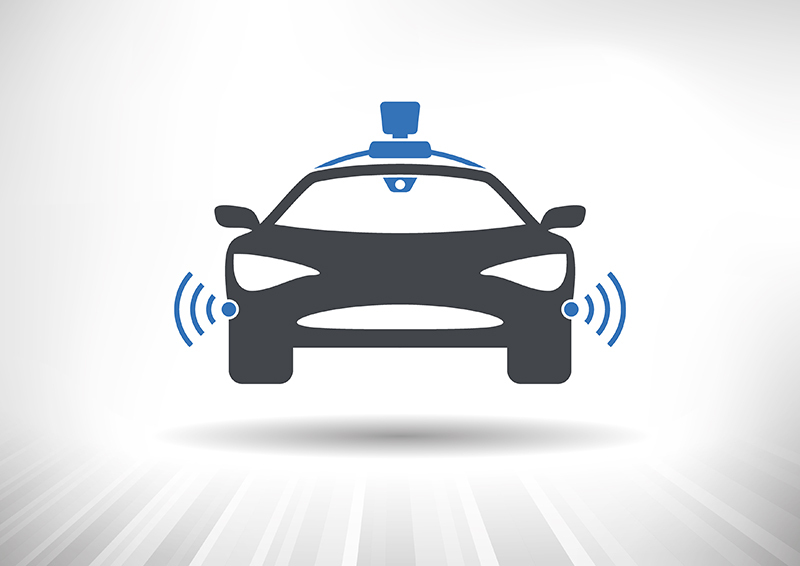Autonomous vehicles — cars that drive themselves — may be the next major evolution in the auto industry. Google recently released a self-driving car with no steering wheel or pedals on the streets of Mountain View, CA, as reported by Fortune in a June 25, 2015 article.
The National Highway Traffic Safety Administration reports that more than 2 million people are injured in traffic crashes every year in the U.S., and many of those accidents are caused by driver error. Driverless car development projects have given rise to the hope that motorists may travel more safely in the future, but how well founded are those expectations?
The Washington Post reports that, according to Reuters, two autonomous cars – one operated by Delphi automotive and the other by Google – nearly collided in Palo Alto, CA when the Google self-driving Lexus cut the self-driving Delphi Audi off as it was about to change lanes. However, the Audi took the appropriate action, aborted the lane change, and avoided a collision.
As discussed in a Business Insider article, both Google and Delphi have reported minor collisions between their autonomous cars and vehicles driven by people, but these were mostly rear-end collisions at traffic lights and many were caused by the drivers of the other vehicles. Google is now publishing a self-driving car project monthly accident report.
According to Popular Science, the war is on, and Uber, the ride sharing company, just hired 100 engineers in preparation for a future of driverless cars. Many companies are in competition to build these self-driving cars, and the CEO of Ford Motor Company predicts their wide availability by 2030, as reported in The Huffington Post.
The article predicts that Uber and taxi drivers will be the first occupations made obsolete by the new driverless cars, bringing unemployment to approximately 178,000 people. Other occupations that will be eliminated, as covered in the blog, include bus drivers, delivery services, mail carriers, and commercial truck drivers, for an estimated total annual loss of wages in the staggering amount of $148,063,599,000. On the upside, the article further states that if vehicles are driving themselves, people can spend their time doing jobs with higher value.
A Lloyd’s Report on autonomous vehicles concludes that it will be a major challenge to incorporate unmanned vehicles into the current legal and regulatory framework, and public trust concerning the safety and security of these vehicles will be a major factor in how rapidly and widespread the new technology is adopted. The Lloyd’s report also states that, although self-driving cars have sophisticated safety features, humans will continue to supervise or be present in these vehicles, and that input will continue to create significant risks.

